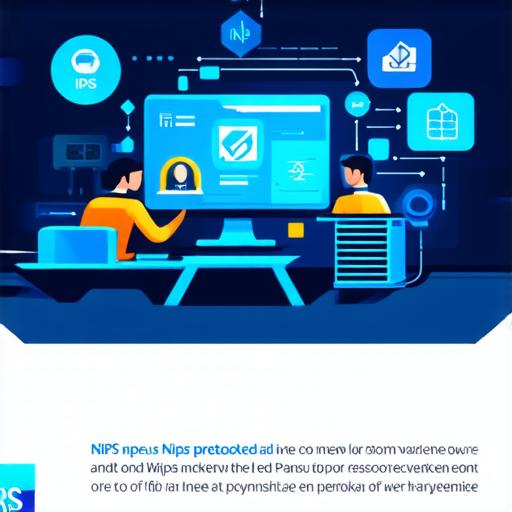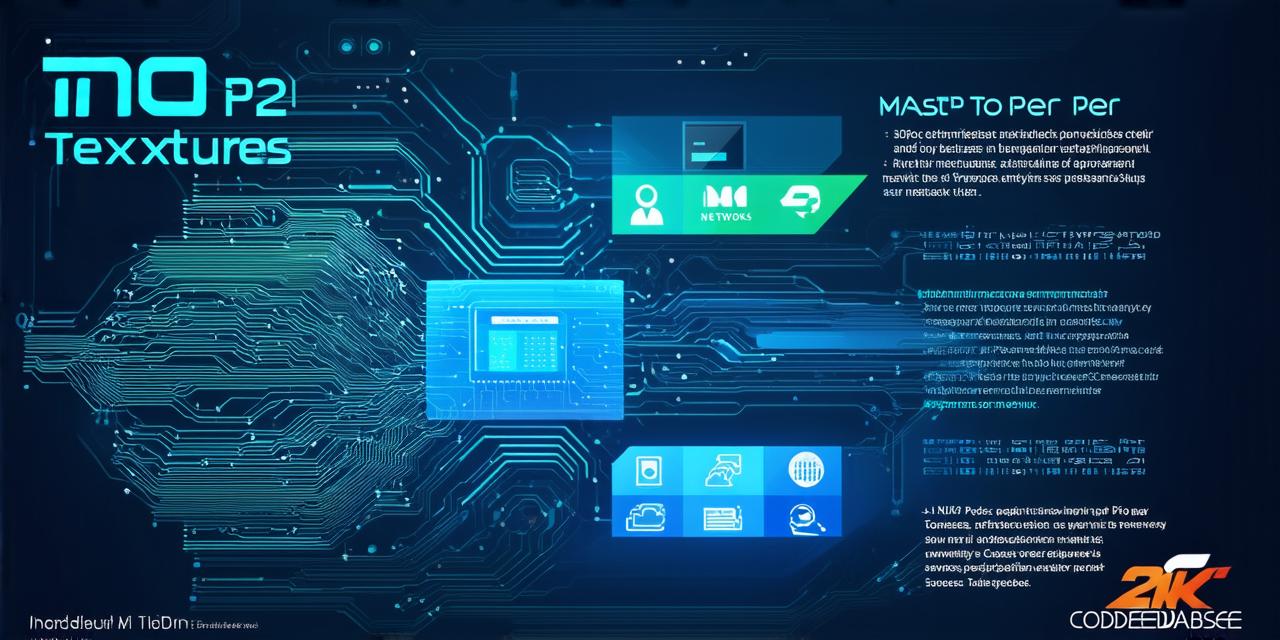
What Are NIPS and MRCs?
NIPS stands for Non-Interoperable Platform Swaps. It refers to the process of swapping tokens between different blockchain platforms, such as Ethereum and Binance Smart Chain (BSC). This can be useful when a particular token is only available on one platform, but you want to use it on another platform for some reason.
MRCs, on the other hand, stand for Multi-Chain Relay Contracts. These are smart contracts that allow tokens to be transferred between different blockchain platforms without the need for NIPS. MRCs can be useful when a particular token is only available on one platform, but you want to use it on another platform without going through the process of NIPS.
How Do NIPS and MRCs Work?
NIPS typically involve using a decentralized exchange (DEX) that supports both platforms where the tokens are listed. You can then swap your tokens from one platform for equivalent tokens on the other platform, usually with some transaction fees. The process of NIPS can be time-consuming and may require additional steps, such as creating a new wallet on the destination platform.
MRCs work by creating a bridge between two different blockchain platforms. MRCs can be created using various methods, including atomic swaps or state channels. When you want to transfer tokens from one platform to another, you simply call the MRC contract and provide the necessary information, such as the token addresses and the amount of tokens to transfer. The MRC contract then handles the transfer process and ensures that the tokens are delivered to the correct destination.
What Are the Benefits and Risks of NIPS and MRCs?
The main benefit of NIPS is that it allows you to use tokens on different platforms, even if they are only available on one platform. This can be useful for investors who want to diversify their portfolio across multiple blockchain networks, or for businesses that want to accept payments in different currencies.
However, there are also some risks associated with NIPS. For example, the process of NIPS can be time-consuming and may require additional steps, such as creating a new wallet on the destination platform. Additionally, the exchange rate between the two platforms may not always be favorable, which could result in a loss for the token holder.
The main benefit of MRCs is that they allow tokens to be transferred between different blockchain platforms without the need for NIPS. This can save time and reduce transaction fees, making it easier and more cost-effective for investors and businesses to use tokens on multiple platforms.
However, there are also some risks associated with MRCs. For example, MRCs may have limited liquidity, which could make it difficult to find a counterparty for the exchange. Additionally, MRCs may be subject to security vulnerabilities or hacking risks, which could result in the loss of tokens.
Real-Life Examples of NIPS and MRCs in Action
One real-life example of NIPS is the process of swapping Ethereum (ETH) for Binance Coin (BNB) on a decentralized exchange that supports both platforms. This can be useful for investors who want to use ETH on a platform that only supports BNB, or vice versa.
One real-life example of MRCs is the Mintable Bridge, which allows NFTs minted on Ethereum to be transferred to other blockchain platforms, such as Binance Smart Chain and Polygon (formerly known as Matic). This can be useful for creators who want to sell their NFTs on a platform that offers better market liquidity or lower transaction fees.
FAQs
Q: How do I perform NIPS?
You can perform NIPS by using a decentralized exchange that supports both platforms where the tokens are listed, and then swapping your tokens from one platform for equivalent tokens on the other platform.
Q: What are the risks associated with MRCs?
MRCs may have limited liquidity, which could make it difficult to find a counterparty for the exchange. Additionally, MRCs may be subject to security vulnerabilities or hacking risks, which could result in the loss of tokens.
Q: How do I create an MRC?
Creating an MRC typically involves using smart contracts and atomic swaps or state channels to bridge the gap between two different blockchain platforms. This process can be complex and requires technical expertise.
Conclusion
In conclusion, NIPS and MRCs are important tools for anyone interested in using tokens on multiple blockchain platforms. While there are some risks associated with both methods, they can offer significant benefits for investors and businesses looking to diversify their portfolios or accept payments in different currencies. As the mint blockchain technology continues to evolve, we can expect to see even more innovative solutions for NIPS and MRCs in the future.
